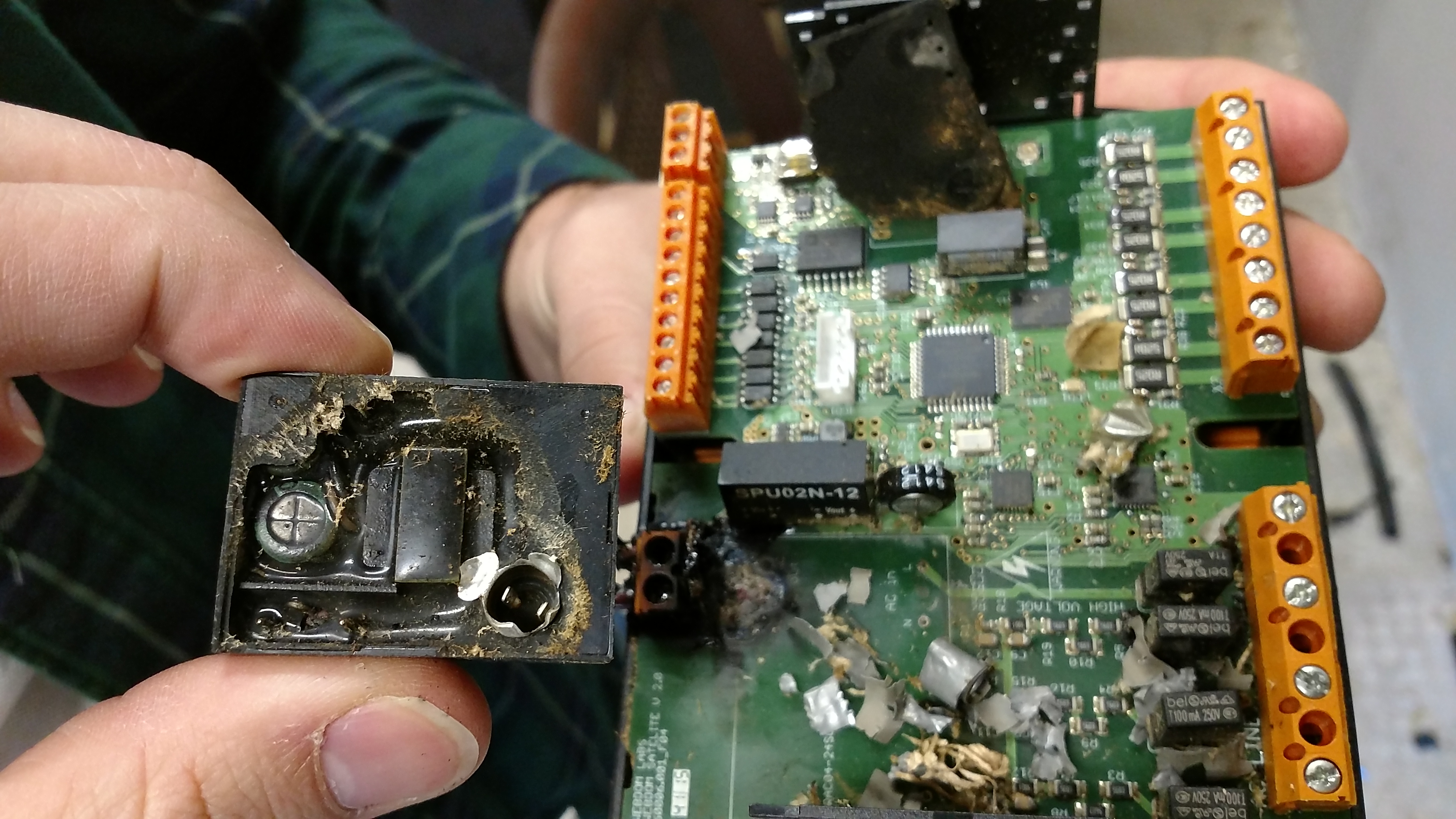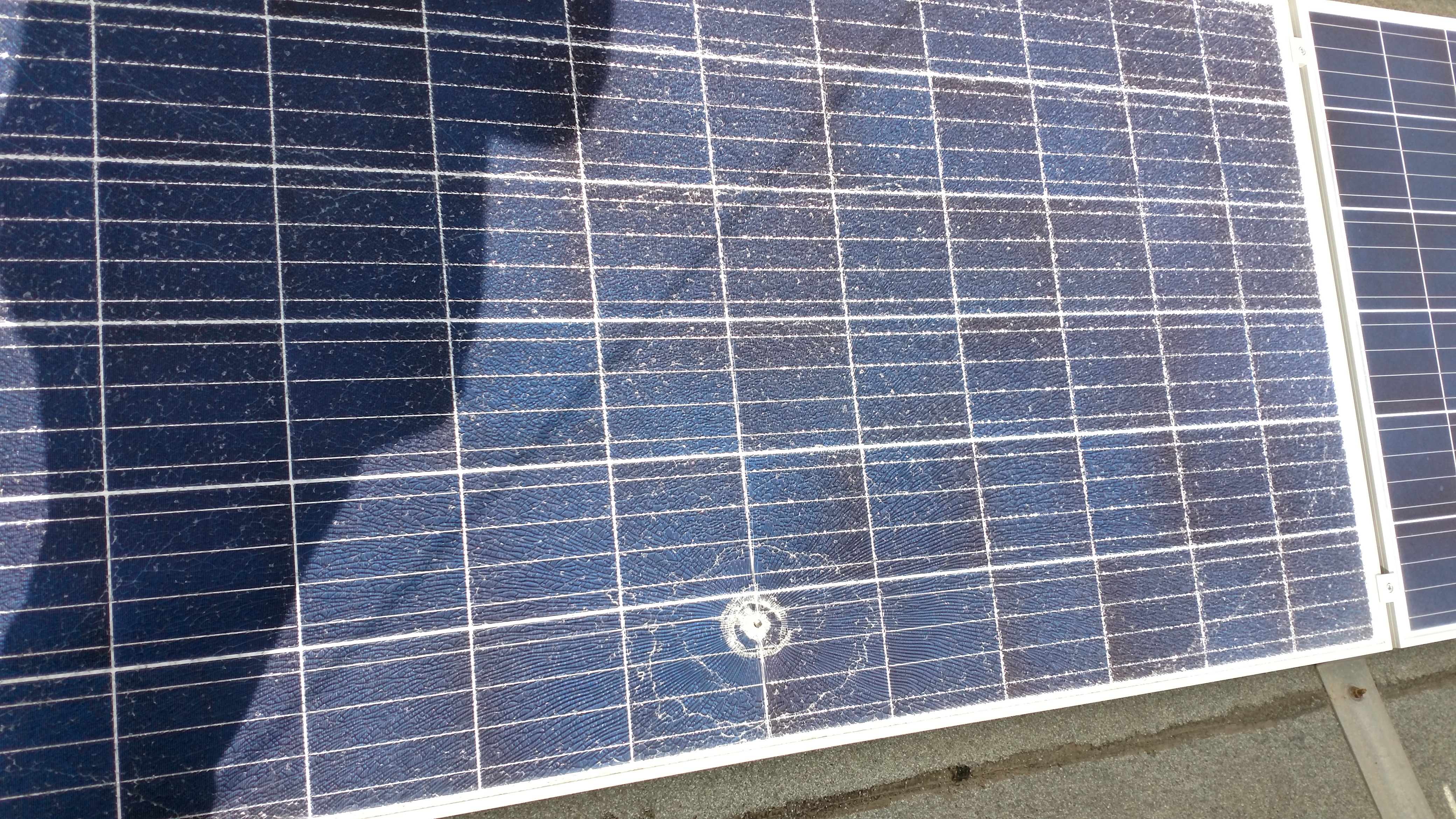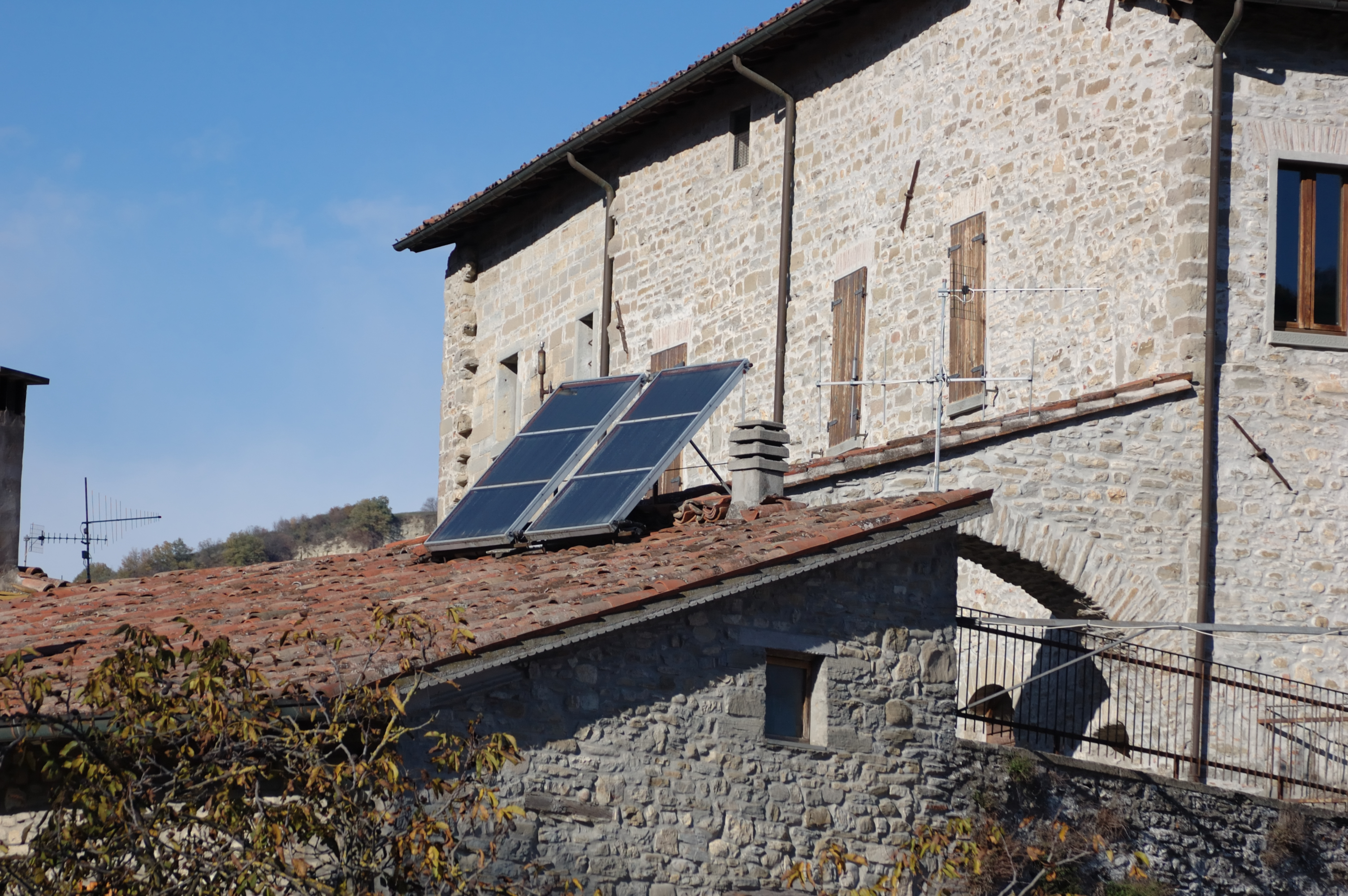During the winter of 2017, I had the opportunity to travel to Lebanon and help to troubleshoot three hybrid microgrids in Lebanon. These sites were commissioned as part of the UNDP program CEDRO IV, and the project MED-Solar.
Lebanon produces most of its electricity from fossil fuels; the generation stations were easy to spot as we traveled along the Mediterranean coast. From an outsider’s perspective, it would be easy to think that customers and government will move towards solar energy production to reduce costs. However, there are more pressing issues in the energy field for the Lebanese, one of them being grid reliability. The estimated losses to the Lebanese economy between 2009 and 2014 from interruptions reached an estimated 23.23 billion USD.
The only solution to the interruptions has been to install diesel generators. Traveling through the Lebanese countryside is quite impactful as one can see Genset fleets in almost every building. Keeping the lights on comes at an enormous cost to the customers, whose diesel expenditure can reach a staggering two-thirds of the total energy costs. The realization that the clients care more about meeting the energy needs and not that much about the renewable aspect is a great lesson. You don’t need to share the same objectives to enable the adoption of renewable energy; priorities are different in every context. In this case, making the hybrid systems work was a priority as the customers were skeptical about the usefulness of a renewable energy solution.
Installing hybrid diesel - PV microgrids is very attractive in Lebanon, in paper running a PV panels can generate massive savings in diesel consumption, and the users can take advantage of the net-metering program. However, this is easier said than done. As the experience showed, we tend to think it is as simple as installing the solar panels, inverters, and control, or as some colleagues like to call it, fit and forget.
Upon arrival to the sites, the reality was more complicated than expected. First, the electronics controls were fried in the three sites we visited, including one place with bullet holes in some solar panels.
 Fried Control
Fried Control
 Panels with holes
Panels with holes
It was clear that a complex microcontroller solution wasn’t the right approach for these locations. We then decided to go old school and use simple contactors to control the delivery of solar power with elementary logic. This worked out pretty well, the inverters had some ports that allowed us to control their outputs in 10% increments so instead of optimally dispatching the solar we simply curtailed when the AC bus voltage was too high.
For fellow readers interested in renewable energy electrification, here are some notes.
-
Expect failures in the most unexpected places (or how we found bullets in the PV panels). Sometimes your solution will be too stiff, and with little adaptability, this is a problem because you can’t handle errors you didn’t consider. In many cases, a simple, robust solution will do more than a sophisticated optimized design worthy of publishing in a renowned journal.
-
Sometimes, you need to fix other people’s mistakes (or how I had to play with the Genset governor). When you are retrofitting a site, older devices can become a problem. Even if it is not your responsibility, you need to make the project work. This means that you have to trust your knowledge sometimes. The solution is in a lecture from an old professor in college.
-
Always trust the technicians; in many cases, as engineers, we like making designs on our desks and think we can just jump into the field with them. Usually, this is false, and the only one who can help adapt your ideas is the local technician. You might have read more books and taken classes, that doesn’t make you the most competent person in the field.
Finally, we live in a university environment where energy problems can become very abstract. We talk about tariffs, equilibrium models, optimal control, financing, etc. However, energy issues can be very different in other geographies and the field. All it takes is to take a closer look. Thanks, Lebanon, for the reminder that delivering a reliable and workable solution has a more extended reach than perfect plans that never make it beyond a desk drawer.





